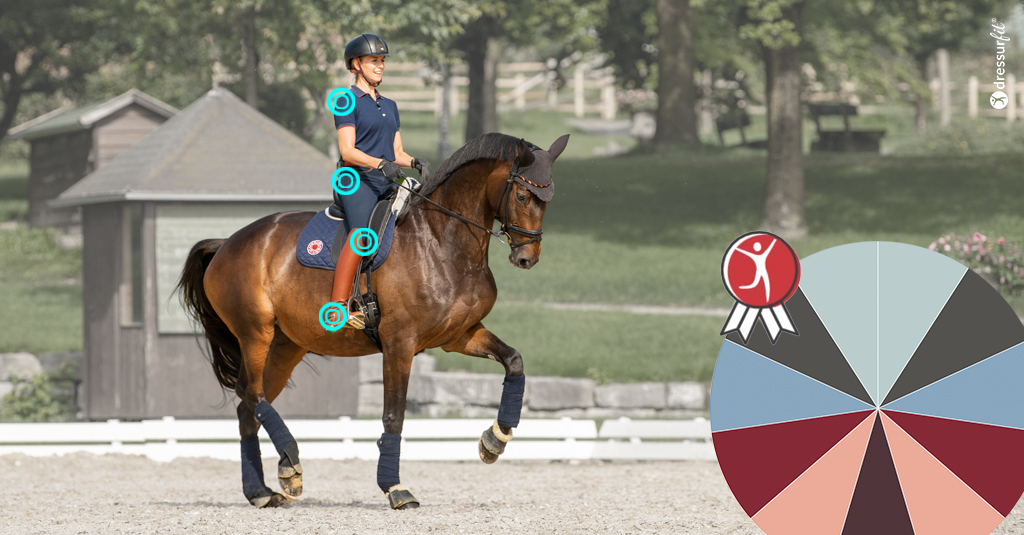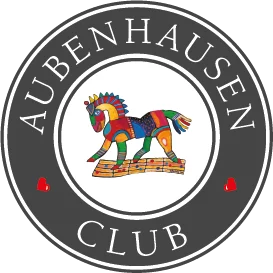
Setting new training stimuli: Good riding starts in your head
Every rider wants to be able to sit comfortably and ride in harmony with their horse using only very subtle aids. This requires a great deal of balance and coordination skills. To achieve this, the rider’s body and mind must work together. The rider’s brain must give the right commands at the right time and the body must then be able to implement these commands correctly. Only then can the rider sit in balance with the horse and support and train it the best way possible.
The physical aspect of riding
For our fitness training as riders, this means that on the one hand we should work specifically on those areas where there is individual need for improvement.
“If you want to systematically train and improve your rider fitness effectively, you first have to figure out the capacities of your own body. Thus, the selection of exercises can take into account any individual imbalances and weaknesses, because your overall performance is only going to be as strong as your weakest link. This is why we have developed the DressurFit® Fitness Test as well as the follow-up DressurFit® Advanced Test. These fitness tests make the DressurFit® programme really special. They provide incredibly valuable insights and allow us to provide our members with personalised training plans specifically tailored to their individual needs,” explains Sports Scientist Marcel Andrä.

From the mind to the body
Equally important for a balanced seat and well-coordinated aids is the rider’s ability to process sensory input and convert that information into the correct, physical response. We can probably all relate to situations where we are simply not able to relax in the saddle or keep our legs long, the heels down and our hands steady, even though we are physically able to do so.
Marcel Andrä explains: “Our brain uses three sources of information: the visual system, the vestibular system (the sense of balance located in the ear) and the proprioceptive system (self-perception of movement via muscles, joints and skin). In this way, our brain receives information about our environment and the location of our body within the environment. Our brain sorts this information and transmits the corresponding commands via the nerves to the muscles. The decisive factor here is the input, the absorption of information, because the quality of your physical performance depends on the quality of the information the brain receives. And that’s exactly where the principles of neuro-athletics come in, because how well we perceive our environment can be trained,” explains Marcel Andrä.
In order to give our members optimal training opportunities, we have prepared and included the best neuro-athletic exercises for riders in the DressurFit® programme. This makes the DressurFit® programme the only one in the world that combines functional training, yoga and neuro-athletics especially for riders and offers each member a personal training plan based on the DressurFit® Testings. In this way, riders can effectively improve their mobility and stability, improve their body awareness, neuro-muscular control, balance and coordination in order to create a truly balanced seat and support their horse the best way possible.
To put this in the words of Richard Weiss: „Dressage is the art of teaching the horse to carry you. Riding is the art of learning to be a good load to carry.”
Would you like to get more support and a personal training plan to improve your dressage seat? Sign up for your DressurFit® Membership by clicking here!
